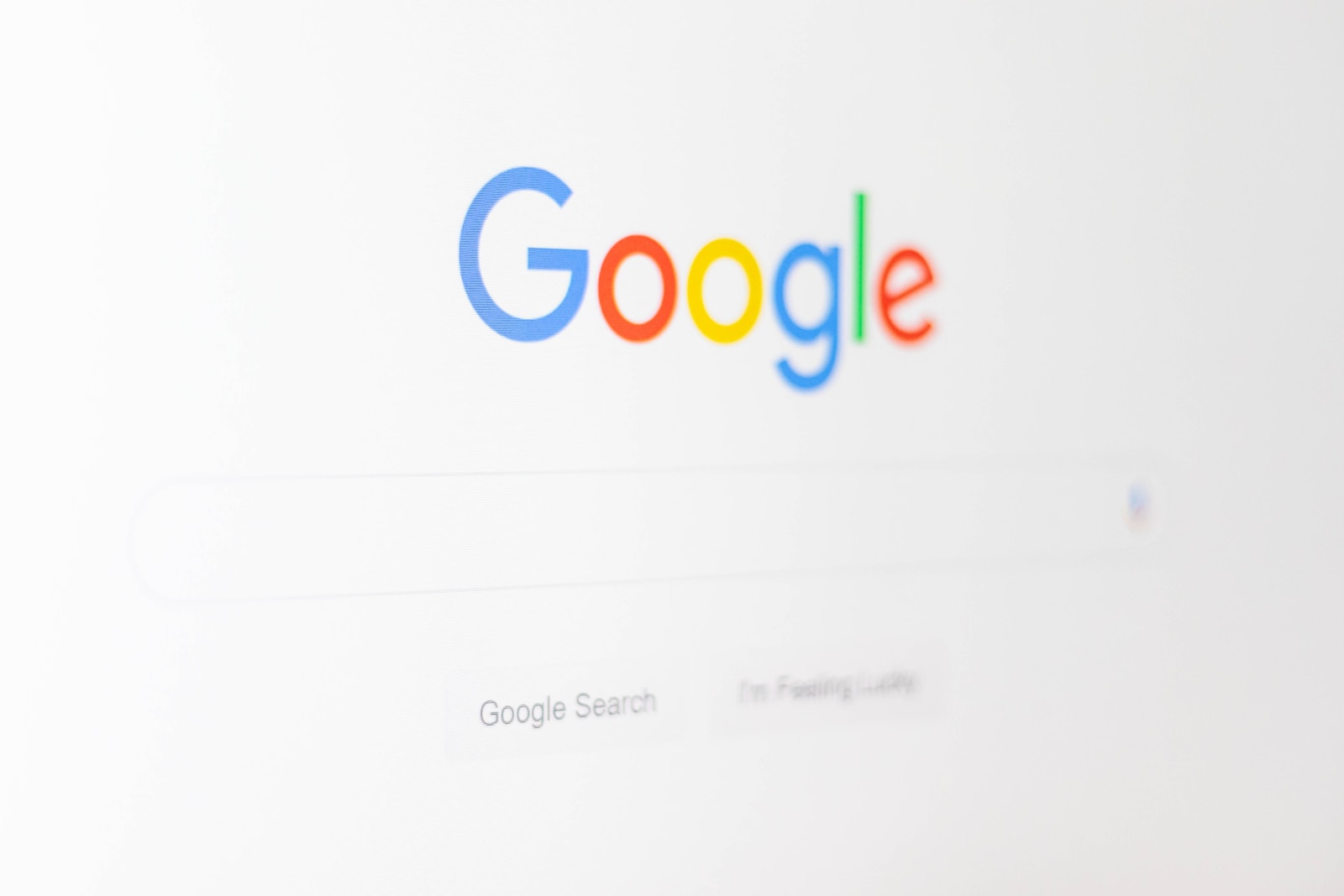Why is life insurance important? The decision to purchase insurance is ultimately about securing the financial well-being of one’s loved ones and family.
The purchase of life insurance protects your spouse and children against the potentially debilitating financial losses that could come in the event of your death. It helps pay off debts, helps pay for living expenses, helps pay for any medical or final bills, and gives financial security overall.
Life insurance can offer financial assistance when needed. The payout is given to your family after you pass away and is usually tax-free. However, lacking knowledge about life insurance can result in losing out on the benefits.
This article will let you know about what life insurance is, the types of life insurance, and finally, the advantages and disadvantages of life insurance.
What Is Life Insurance?
Life insurance is a contract between an insurer and the policyholder. The policy guarantees payment to beneficiaries upon the insured person’s death in exchange for premiums paid throughout their lifetime.
For a life insurance policy to stay in effect, the policyholder must either pay a single premium upfront or pay regular premiums over time. When the person who was insured dies, the policy’s named beneficiaries will get the death benefit, which is the face value of the policy.
Term life insurance policies have a set duration, while permanent ones last until the insured person passes away or stops paying premiums. The value of a policy relies on the financial stability of the selling company. In case of non-payment, the state may step in to cover claims.
How to buy Life Insurance?
To buy life insurance the primary step is to select a life insurance policy that will meet your financial need. There are 3 steps to buying life insurance. They are-
Step 1: Calculate Your Needs
Consider your funeral costs. Mortgage, college tuition, other bills, and burial costs. If your spouse or loved ones require financial flow but cannot supply it, income replacement is crucial. Online tools compute the lump payment needed to cover potential expenses.
Step 2: Apply for the desired Insurance
Medical history, beneficiary, and life insurance applications are usually required. You may need a medical exam and must reveal any prior ailments, moving infractions, DUIs, and dangerous hobbies like vehicle racing or skydiving.
Step 3: Compare Policy Quotes
After researching, you can get various life insurance rates from different providers. It’s crucial to choose the best policy, company rating, and premium cost because prices vary widely. Finding the greatest life insurance policy might save you a lot of money as you will likely pay regularly for decades.
Types Of Life Insurance
There are a wide variety of options for life insurance policies to choose from. The major decision of whether to choose temporary or permanent life insurance is vital to consider depending on the short- or long-term demands of the individual to be insured.
There are basically two types of life insurance. They are permanent life insurance and term life insurance.
Permanent Life Insurance
Permanent life insurance is life insurance that remains in effect for the entirety of the insured person’s life, provided that the policyholder maintains payment of the required premiums or gives up the policy. It is more costly than the term option. The following are the 3 types of permanent life insurance.
Whole Life Insurance- Whole life insurance is a permanent type of life insurance that builds up cash value. It allows policyholders to use this cash value for various purposes, such as paying premiums, obtaining loans, or receiving cash. While popular, whole life insurance can be perplexing. It is important to understand the advantages and disadvantages before buying.
Universal life Insurance- Universal life insurance is a type of permanent life insurance that has a cash value part that earns interest. Universal life features flexible premiums. Unlike term and whole life, the premiums can change over time, and the death benefit can be set to stay the same or go up.
Variable life Insurance- Variable universal life insurance lets the policyholder put the cash value of the policy into a separate account. It also has flexible premiums and can be made so that the death benefit stays the same or goes up over time.
Terms of Life Insurance
The plan for term life insurance is for it to last for a certain number of years and then end. When you buy the policy, you choose how long it will last. Ten, twenty, or thirty years are often used. The best-term life insurance policies find a good balance between cost and financial security in the long run.
Decreasing Term- Insurance that decreases in coverage over the life of the policy at a predetermined rate is known as decreasing term life insurance. This type of term life insurance is renewable.
Convertible Term- Policyholders who have convertible term life insurance are given the option of converting their term policy into a permanent one.
Renewable Term- When purchasing renewable term life insurance, you will receive a price according to the year you purchase the policy. The premiums go up on a yearly basis and are typically the least expensive form of term insurance when first purchased.
The Advantages and Disadvantages Of Life Insurance
The main benefit of life insurance is providing a death benefit to beneficiaries after the policyholder’s passing. This benefit replaces the policyholder’s income. However, the drawback is the need to pay regular premiums to receive this benefit.
Advantages Of Life Insurance
Financial security of a family
Life insurance secures your family’s future by providing a tax-free lump sum in the event of your death. This monthly fee offers a significant death benefit that can cover expenses like mortgages, college fees, and unexpected costs. It is the best way to protect your estate from taxes and probate delays.
Cash value life insurance saves money
If you buy permanent life insurance such as whole life insurance with cash value allows you to invest for retirement while getting coverage. Whole life insurance, which pays for a death benefit plus an interest-bearing savings account, is popular. This is an advantage of whole life insurance. Whole life insurance costs 5 to 15 times more than term, according to life insurance statistics.
Life insurance is affordable
The life insurance such as term life insurance rates can start at $20 per month, depending on your age and coverage needs. Lower your coverage level and term length to achieve budget-friendly premiums. Term life insurance ends as expenditures decrease. Early life insurance purchases can save hundreds or thousands of dollars annually.
Your financial plan is complete with life insurance
Many people save for retirement by buying an item they can sell later, investing in a 401(k) or IRA, or saving in an interest-bearing savings account. Start saving now to preserve your financial future.
Life insurance should be part of that financial plan because many of those strategies won’t work until you’re older. Your retirement assets won’t help your dependents if you die before then.
Life insurance applications are becoming simpler
Technology makes life insurance comparisons easy online. You may acquire free quotations from several life insurance providers in 10 minutes and choose the best one.
You can complete the life insurance application online with a few steps and information in a very short time. Just provide medical and financial records. Contact an expert for assistance.
Customize life insurance policies with life insurance rider
Riders enhance life insurance coverage. Life insurance riders offer additional coverage in special circumstances. Life insurance riders include:
Disability income rider: If you’re disabled and can’t work, this pays you monthly.
Waiver-of-premium rider: If you become disabled, your life insurance policy will be waived until you recover.
Term conversion rider: Converts term life insurance to permanent life insurance.
Accelerated death benefit rider: If you have a terminal disease, your death benefit can be paid out early.
Long-term care rider: This rider uses your death benefit to pay for nursing home care.
Life insurance gives you peace of mind
If you don’t die while your life insurance is active, it may seem like your premium payments were pointless. However, they were for protection in case of unexpected death. You’re paying for peace of mind to financially secure your family, which can’t be measured in money.
Disadvantages of Life Insurance
Premiums for life insurance tend to rise with age and health status
If you buy life insurance while you’re young and healthy, you’ll pay less. Your life insurance premiums will be higher if your personal medical history, family medical history, or age puts you at a higher risk of dying before your policy’s term ends. Life insurance can be a boon to your loved ones but a financial burden on you if you’re in poor health and have high medical costs.
If you aren’t well-informed, you can be easily misled
A dishonest life insurance salesman could sell you more coverage than you need since life insurance is complicated. Before signing, you can consult an insurance broker or just do your research about offers and schemes. There are several life insurance questions that you have to know the answer to. They are:
- Cash value redemption: when?
- What happens if the life insurance company disputes your death?
- Are there companies that charge less for risk?
Whole life insurance is expensive
Whole life insurance is costly as it lasts a lifetime. Once retired and without dependents or debt, people require less coverage. Paying high premiums for whole life insurance after retirement is not cost-effective. These are major drawbacks of whole life insurance.
The cash value is a poor choice of investment
Whole life insurance is a good method to save for retirement and protect your loved ones financially in the case of your untimely demise thanks to the cash value component. However, the redemption fees and lower average return compared to investing the money in a Roth IRA make this option less attractive.
Conclusion
Life insurance has pros and cons. It’s important to understand them before purchasing a plan. Knowing your financial needs will help you avoid the disadvantages. Research premiums and schemes for a better deal.





















Leave a Reply
View Comments